The Statue of Liberty, that iconic symbol of American freedom and democracy, has a surprising origin story. She wasn’t born on American soil, but rather in the heart of Paris, where she was meticulously crafted over a decade before embarking on her transatlantic journey to New York Harbor. Let’s delve into the fascinating tale of Lady Liberty’s Parisian beginnings, exploring the intricate process of her creation and the remarkable engineering feats that brought her to life.
The idea for the Statue of Liberty was conceived in the mind of Édouard de Laboulaye, a French historian and political thinker, in the aftermath of the American Civil War. He envisioned a monument that would celebrate the enduring friendship between France and the United States and commemorate the triumph of liberty and democracy. This vision resonated with sculptor Frédéric Auguste Bartholdi, who took on the ambitious task of bringing Lady Liberty to life.
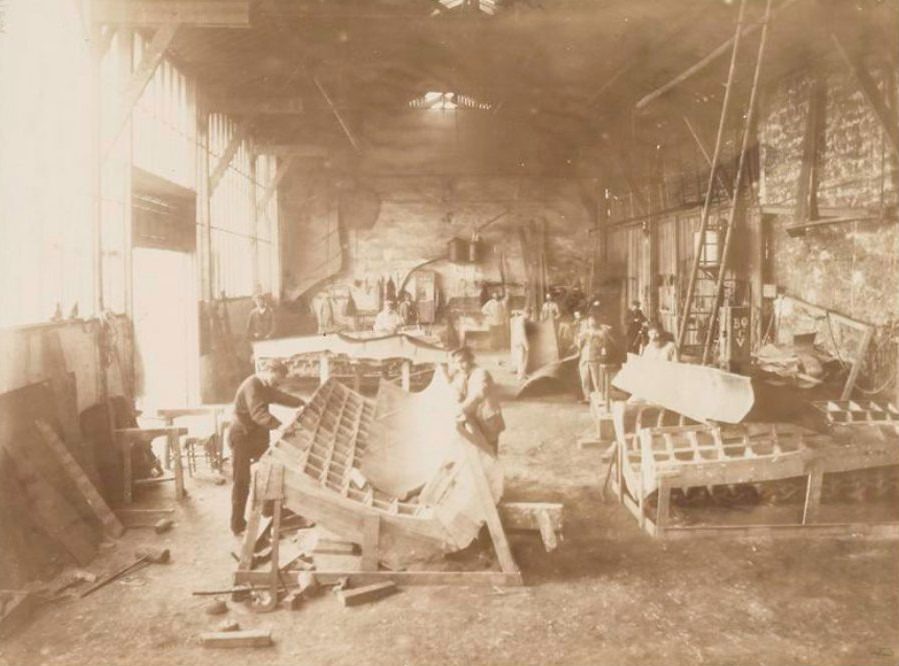
Bartholdi’s design was a masterpiece of colossal proportions. The statue, officially titled “Liberty Enlightening the World,” would stand over 300 feet tall, making it one of the largest statues in the world at the time. Her copper skin, hammered into intricate shapes, would drape over a massive iron framework, creating a figure of both grace and strength.
The construction process was a marvel of engineering and artistry. Bartholdi and his team of skilled craftsmen worked tirelessly in a Parisian workshop, meticulously shaping the copper sheets that would form the statue’s exterior. They used a technique called repoussé, hammering the copper from the inside to create the desired forms and textures. This painstaking process required immense skill and precision, as each detail, from the folds of Liberty’s robe to the delicate features of her face, was carefully crafted by hand.
The statue’s internal structure was equally impressive. Gustave Eiffel, the renowned engineer who would later design the Eiffel Tower, was responsible for creating the iron framework that would support the massive copper shell. Eiffel’s innovative design allowed the statue to withstand strong winds and harsh weather conditions, ensuring its longevity for generations to come.
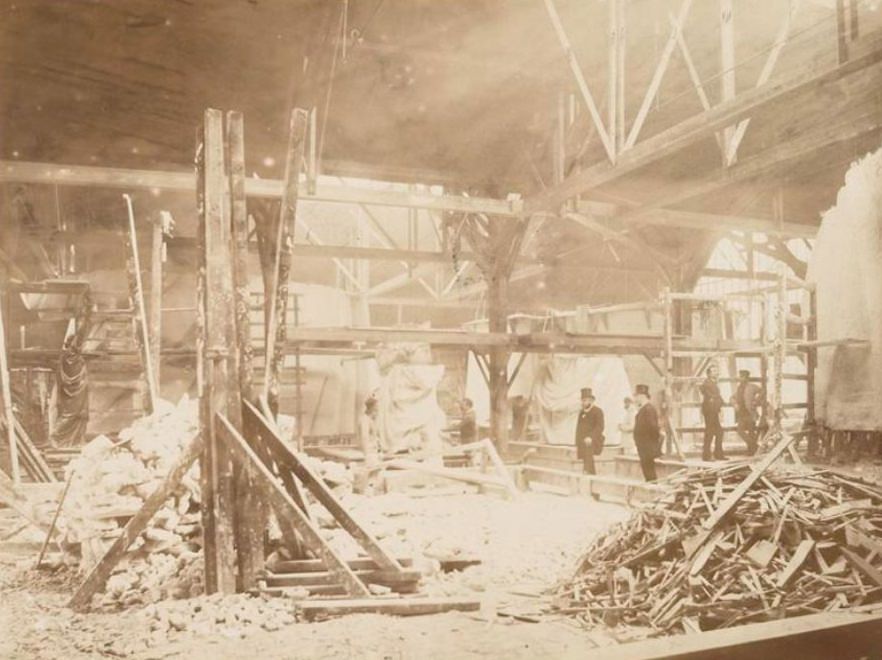
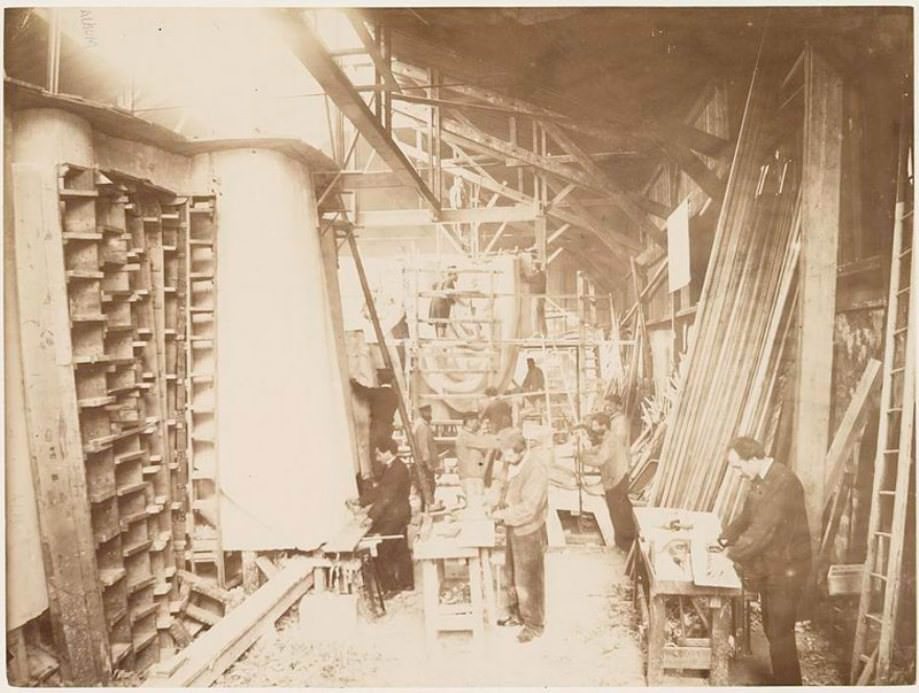
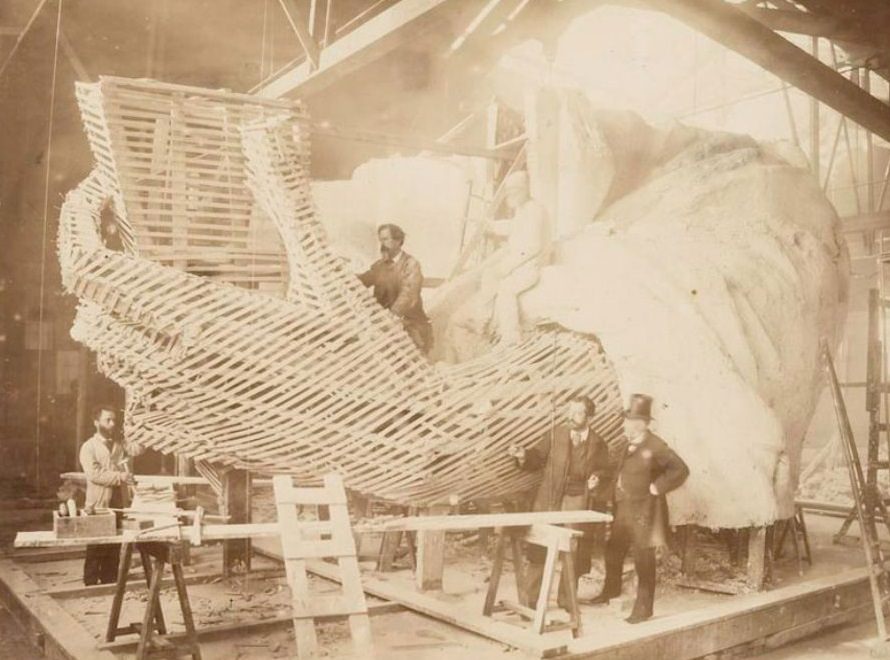
As the statue took shape in Paris, it became a source of national pride and fascination. Crowds gathered to witness the construction process, marveling at the sheer scale of the project and the artistry of Bartholdi’s creation. The statue’s head and torch were even displayed at the 1878 Paris World’s Fair, generating excitement and anticipation for the completed masterpiece.
But building the statue was only half the challenge. Transporting this colossal figure across the Atlantic Ocean presented a logistical puzzle of epic proportions. The statue was disassembled into 350 pieces, carefully packed into 214 crates, and loaded onto the French frigate Isère. The journey to New York Harbor took several weeks, and the safe arrival of the precious cargo was met with great celebration.
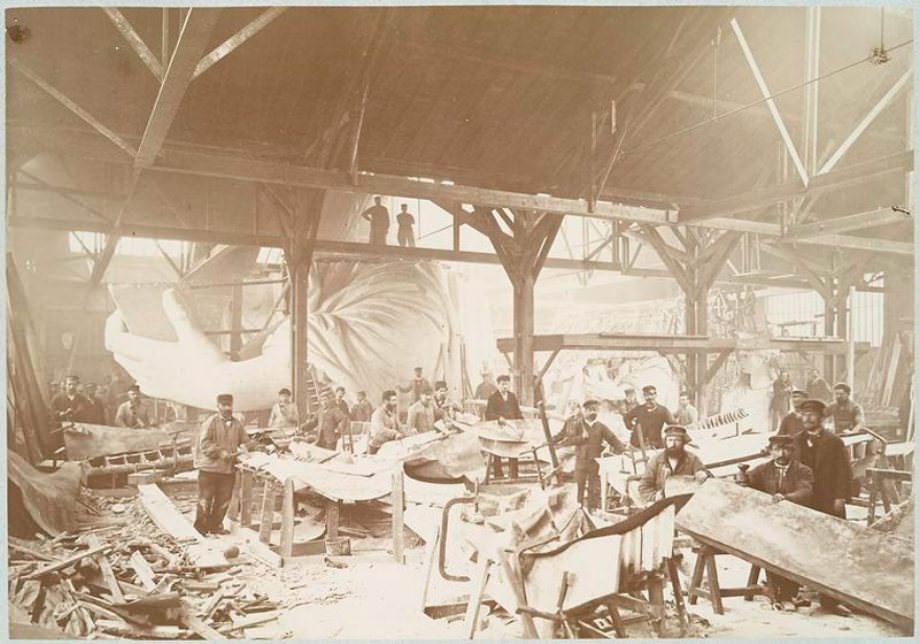
Upon reaching American shores, the statue’s pieces were transported to Bedloe’s Island (now Liberty Island), where a pedestal had been constructed to support her immense weight. The reassembly process was a painstaking undertaking, requiring careful coordination and engineering expertise. Piece by piece, Lady Liberty was brought back to life, her copper skin gleaming in the sunlight.
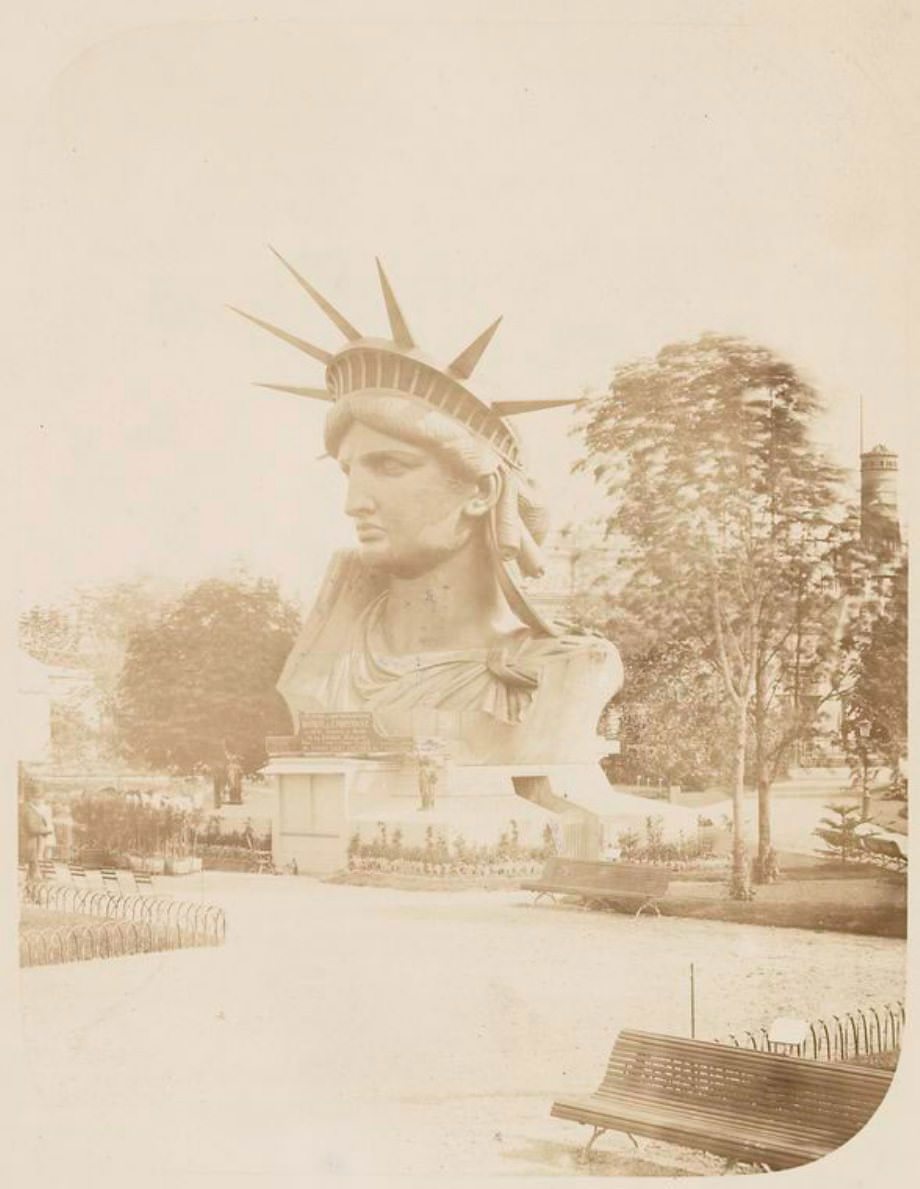
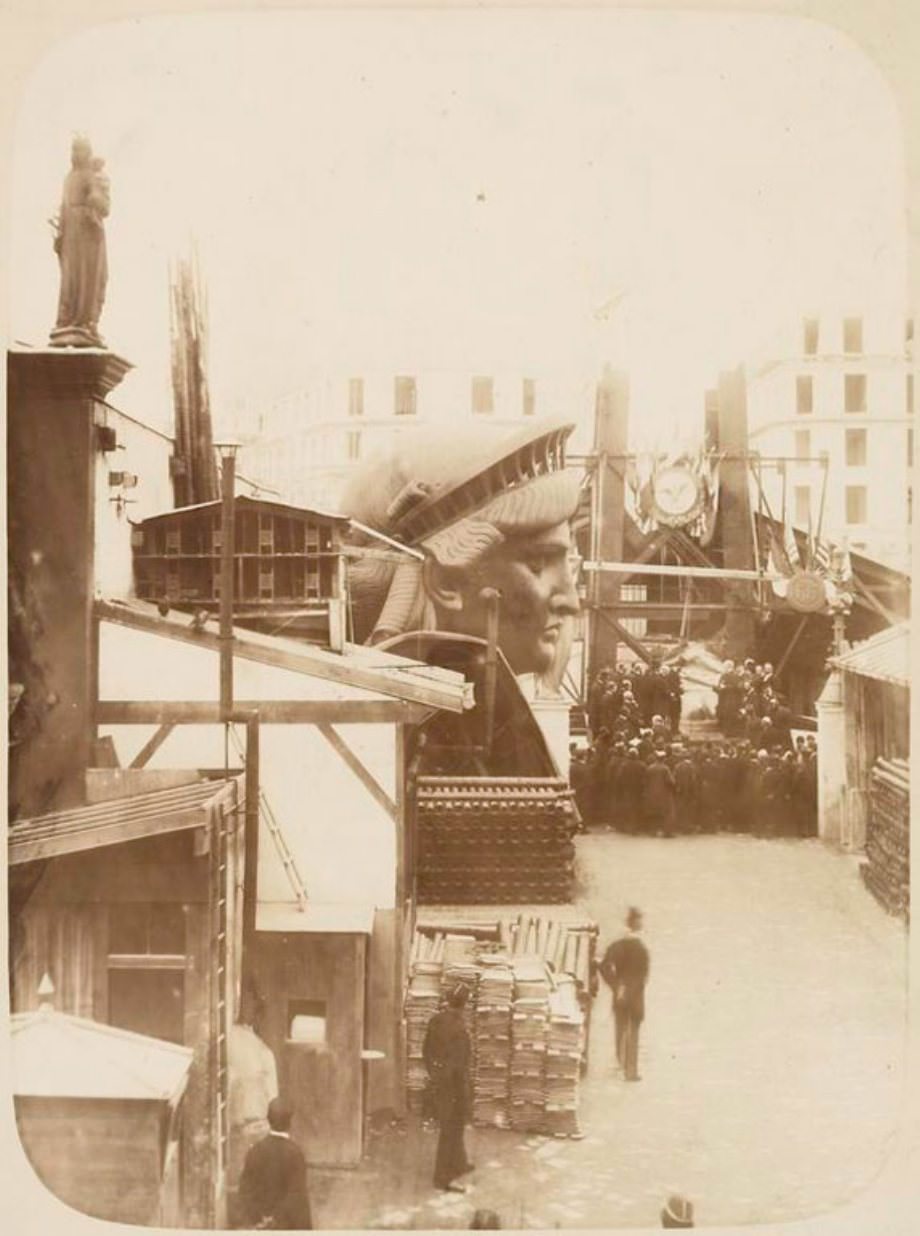
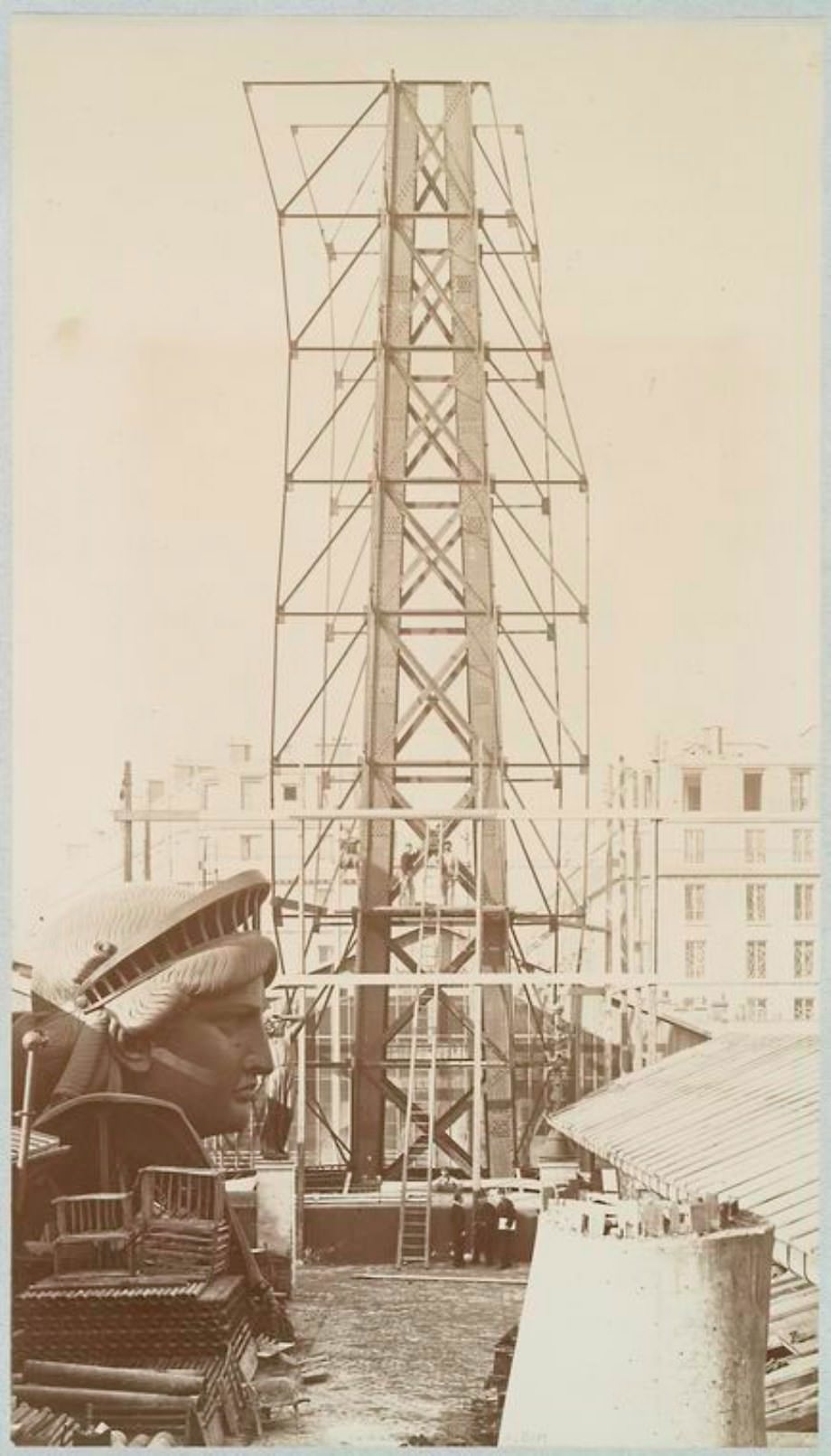
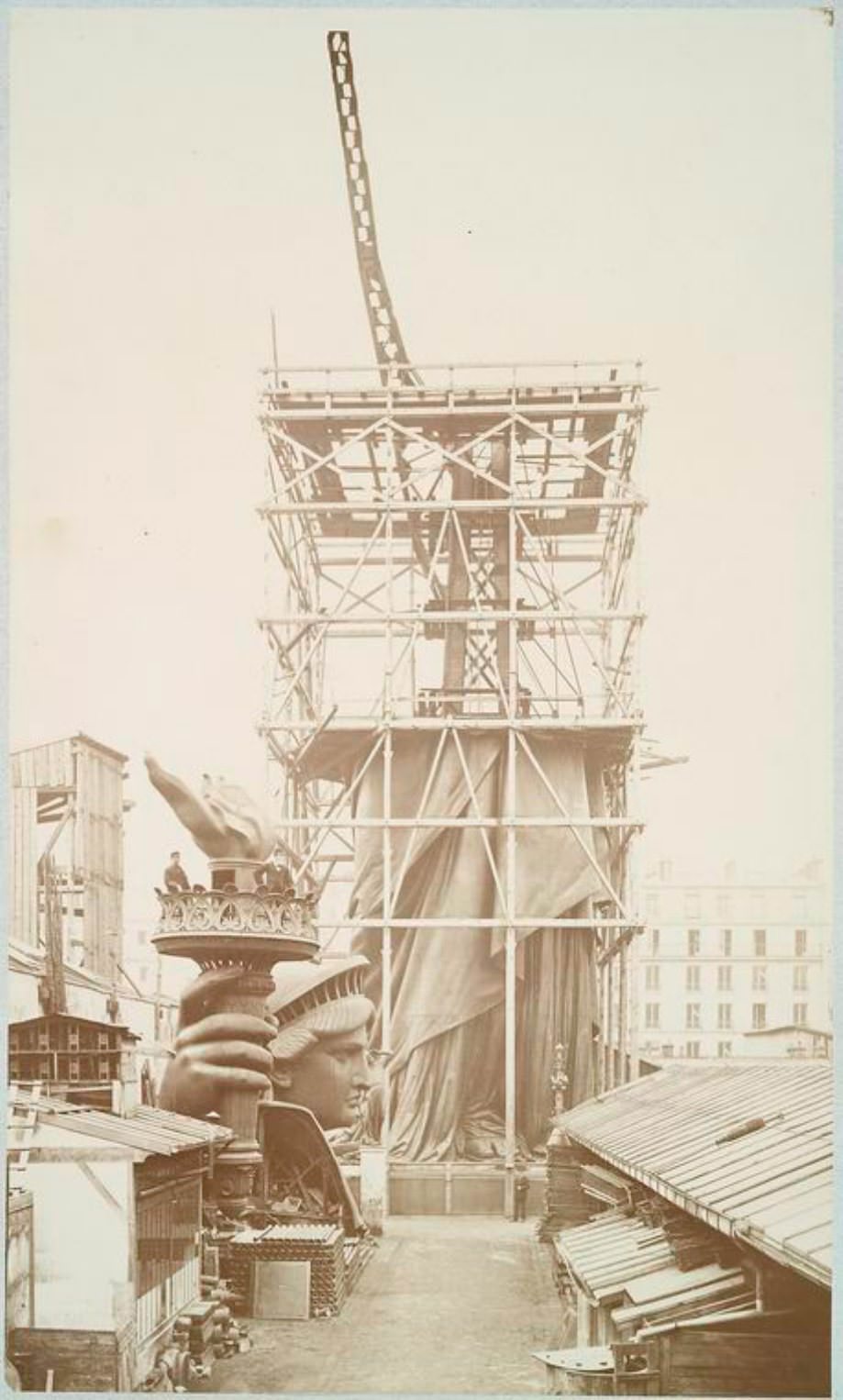
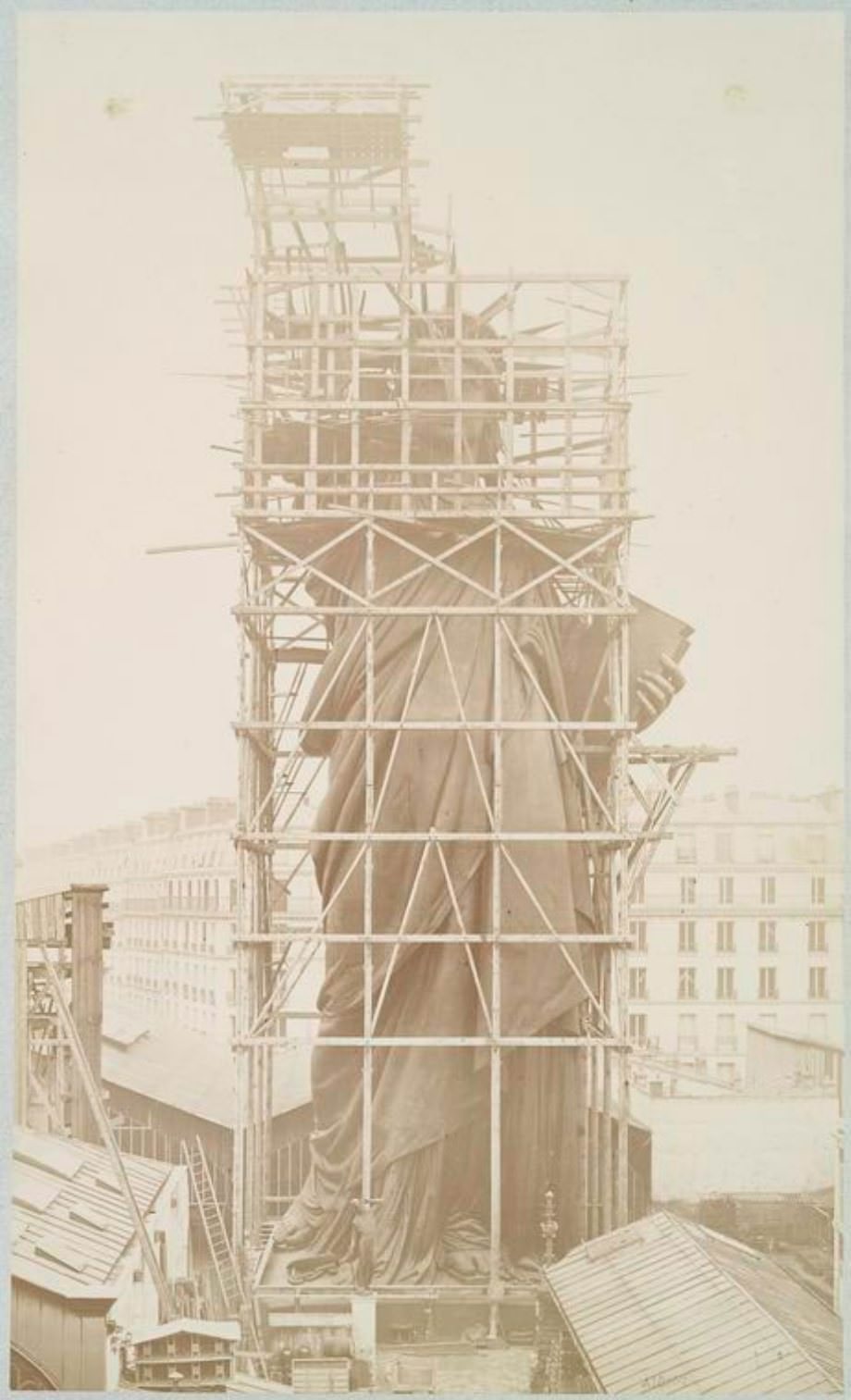
The dedication ceremony in 1886 was a momentous occasion, attended by dignitaries from both France and the United States. President Grover Cleveland presided over the event, hailing the statue as a symbol of “liberty enlightening the world.” The Statue of Liberty quickly became an iconic landmark, welcoming millions of immigrants to America’s shores and embodying the nation’s ideals of freedom and opportunity.


